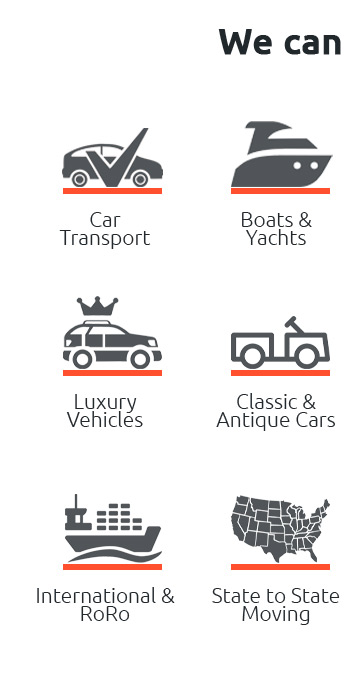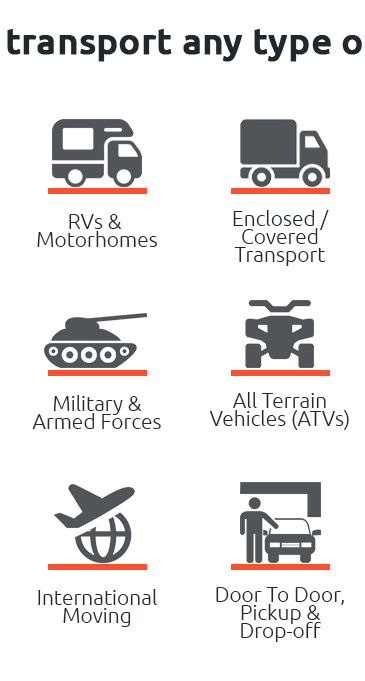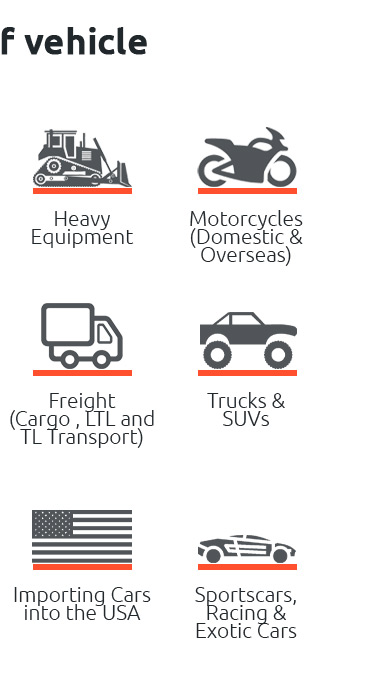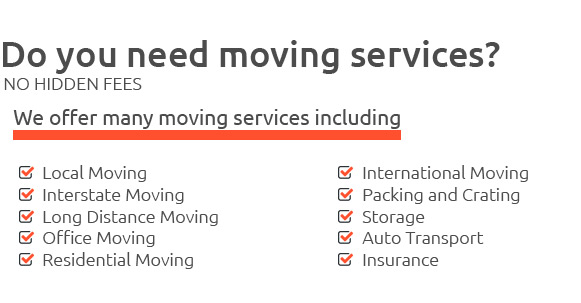 |
|||
 |
 |
 |
|---|---|---|
 |
 |
|
 |
 |
 |
 |
 |
 |
|---|
 |
 |
 |
|---|---|---|
 |
||
 |
 |
|---|---|
how to estimate freight shipping costs with confidenceKnow your shipmentStart by writing down the weight, dimensions, and the number of pallets or cartons. Carriers price by actual weight and by dimensional weight, so measuring accurately prevents surprises and keeps quotes comparable. Factor in route and speedCosts rise with distance, congestion, and urgency. A standard LTL move across zones is cheaper than a rush truckload. Ask about fuel surcharges, accessorials, and seasonal demand; these can shift a budget overnight. Build a quick estimate
The benefit of a thoughtful estimate is clear: you avoid underbidding, protect margins, and set realistic transit expectations. For recurring lanes, track actuals vs. estimates; over a month, patterns emerge that let you refine your model and win more shipments without eroding profit.
|
|---|